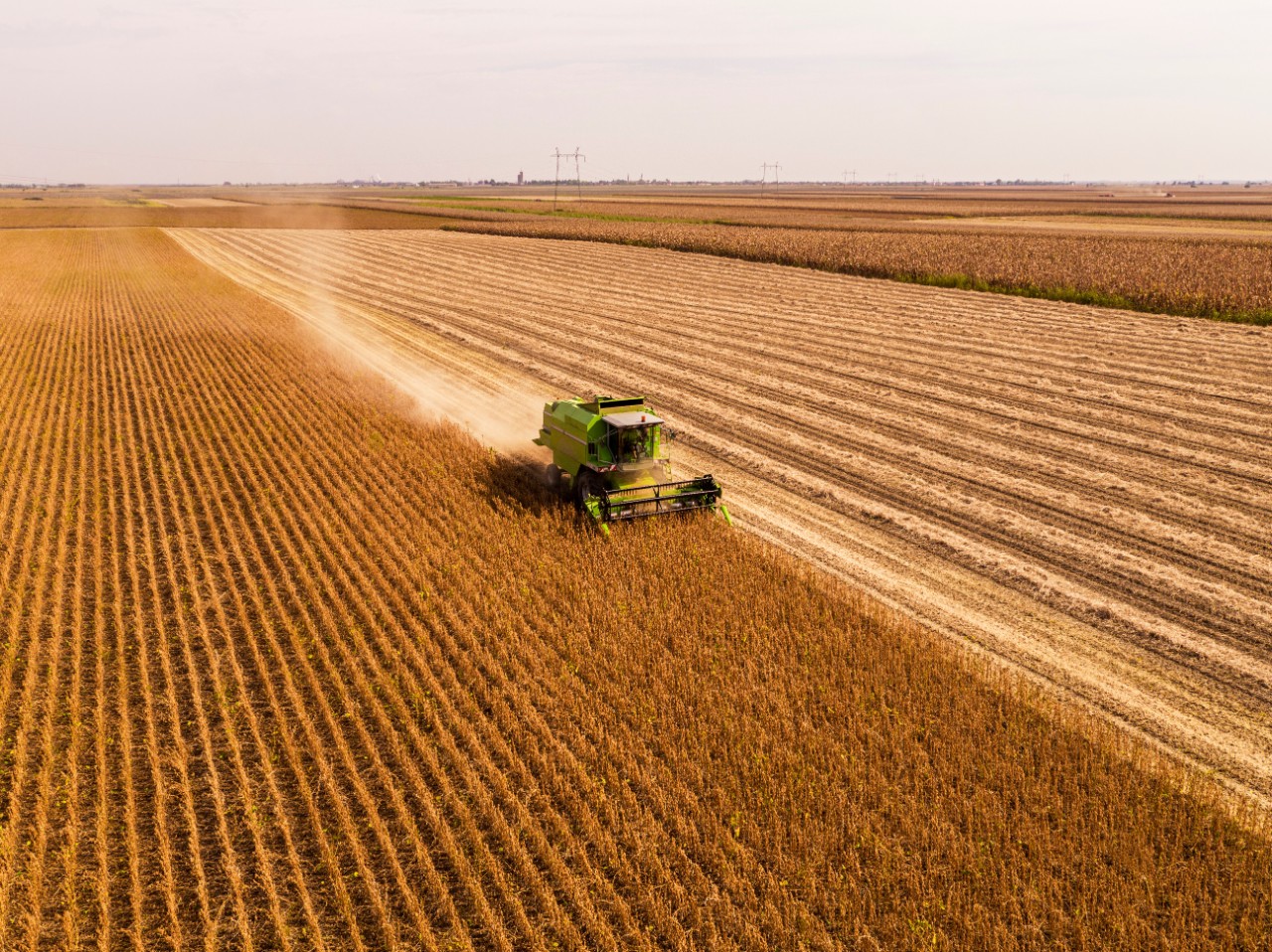Weed Control by the Numbers
Analyzing field data can help growers streamline techniques to reach season-long weed control

From seed and herbicide selection to cultivation strategies, growers are faced with an abundance of decisions to make with each new crop year. Striving to produce a more successful crop than the last, cutting-edge technology can help farmers diversify their management toolbox for season-long weed control.
Today’s technology enables growers with the capability of analyzing production data that can help them leverage a crop to potentially make better decisions for the future. Sprayers equipped with mapping solutions are one example of another tool that growers can use to expand their weed control portfolio.
Explore the possibilities
According to Paul Welbig, director of strategic accounts for Raven Industries, mapping solutions create a rich data set of information that can be used to leverage application rates.
Once data is captured, information can be downloaded onto a portable drive and then uploaded to a personal computer for analysis. The technology is offered on a digital, web-based solution platform. For example, Raven’s SlingshotÒ is a generic format program that can be imported into Global Information System (GIS) packages or other mapping solutions connecting growers with other industry partners.
“[Slingshot] is a central point where the data can be collected by an ag retailer or grower, and then make it very easy to transfer that information to various other partners or providers that growers might be more inclined to be used.”
—Paul Welbig, director of strategic accounts, Raven Industries
He adds that much of the detailed information could be facilitated through partners and other providers to make the data readily available for analysis to help growers make better decisions.
Knowledge-based learning
When it comes to weed control, Welbig says data-driven decision-making offers growers the opportunity to build a knowledge base in learning.
For example, much innovation in the last decade has focused on planter singulation and row-by-row analysis of planting performance.
“There have been a lot of improvements in planning population singulation,” Welbig explains. “It has resulted in higher yields, and I think that’s helped growers identify that there are different things they can make improvements on the planter to enhance performance.”
He adds that the technology has helped farmers know when one or two row units weren’t performing at optimum levels compared to others on the planter. Sensors installed on planters provide growers with real-time data while in the tractor cab that offers performance metrics simultaneously with fieldwork.
“We have a lot of that same capability now with the modern spray systems,” Welbig notes. “We can show the operator in the cab the sprayer performance, down to the nozzle level.”
Despite data concurrently being collected, Welbig says often growers and applicators might not be reviewing the information that has been made available with the systems.
Steps toward eradication
Management practices like field scouting, managing escapes and planting cover crops can help lead growers down a path to successful weed eradication, but as growers look to continuously diversify their management toolbox, data-driven decisions can be a new dimension to achieving season-long weed control.
Combined with scouting, data maps with in-season imagery —satellite, aerial or drone— assist growers with identifying weed escapes and other problematic areas within a field.
“A large majority of weed control is from spraying, and the data that’s driven from that. This is about being able to bring the data to a central point.”
—Paul Welbig, director of strategic accounts, Raven Industries
Growers often make multiple applications in a field per season. For example, in a two- or three-pass system, being able to collect data from each pass rather than just one is important, Welbig adds.
From a scalability standpoint, data-driven decisions arm growers with a level of understanding across all their acres, helping make weed control more efficient.
Not a silver bullet to season-long weed control, Welbig says data-driven decisions provide information that can help growers solve weed problems.
“Being able to look at that more logically and not just intuitively, using data to back up the decisions,” he says.
In a world where information is everything, growers with technology at their fingertips can be steps ahead in their weed control journey. Welbig says data can be used to back up grower decisions and hopefully assist growers to solve a challenge that has been unachievable in the past.
“A lot of times, data available through mapping solutions on a tablet or app on your phone make information very accessible,” Welbig explains. “I think we still have a way to go, but we can make big improvements as an industry to help make this more available.”
